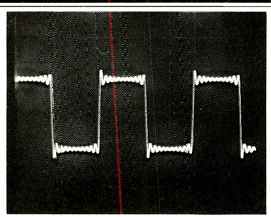Rob Watts
Member of the Trade: Chord Electronics
- Joined
- Apr 1, 2014
- Posts
- 3,141
- Likes
- 12,371
Have you tried using different housing your devices to test out the RF rejection of various metals?
A solid block of aluminium is extremely effective at screening. And that's not the problem; it's electrical RF noise transmitted from input and output cables and the mains connection where the real issues lie.
@Rob Watts, I was wondering if your mojo2 DSP suite will be implemented in pricier full or tt models?
Given how well it was received - and how much work went into the DSP core - it's a no brainer for new designs. That said, it does take more FPGA overhead, and for other reasons new designs need bigger FPGAs.
Deary me!
You are being far far too polite.
Do these boxes come with real reptile-oil inside?
You always need some humility when it comes to subjective things - on two counts. Firstly I haven't heard them - and although technically I am highly dubious I can't rule out the possibility that something else is going on (perhaps RF isolation from ground inputs is included in the ground boxes?). Secondly, whenever we talk about results from listening, we have to be mighty cautious as it is very easy to get it wrong and prefer an aberration. Even though I have very careful objective listening tests and I think 99% of the time get it right - meaning I prefer a real objective improvement - there is always a possibility of error. One thing I do is repeated tests and reappraisals to make sure I am on the right track. Absolute certainty with subjective testing (no matter how objectively done) is an illusive thing.




























